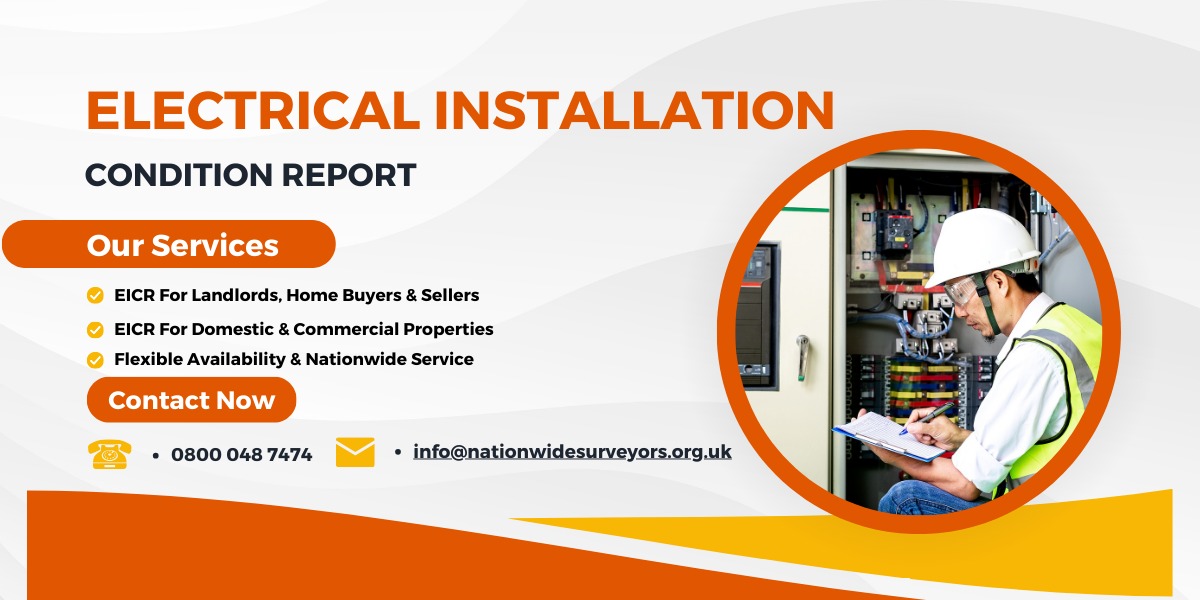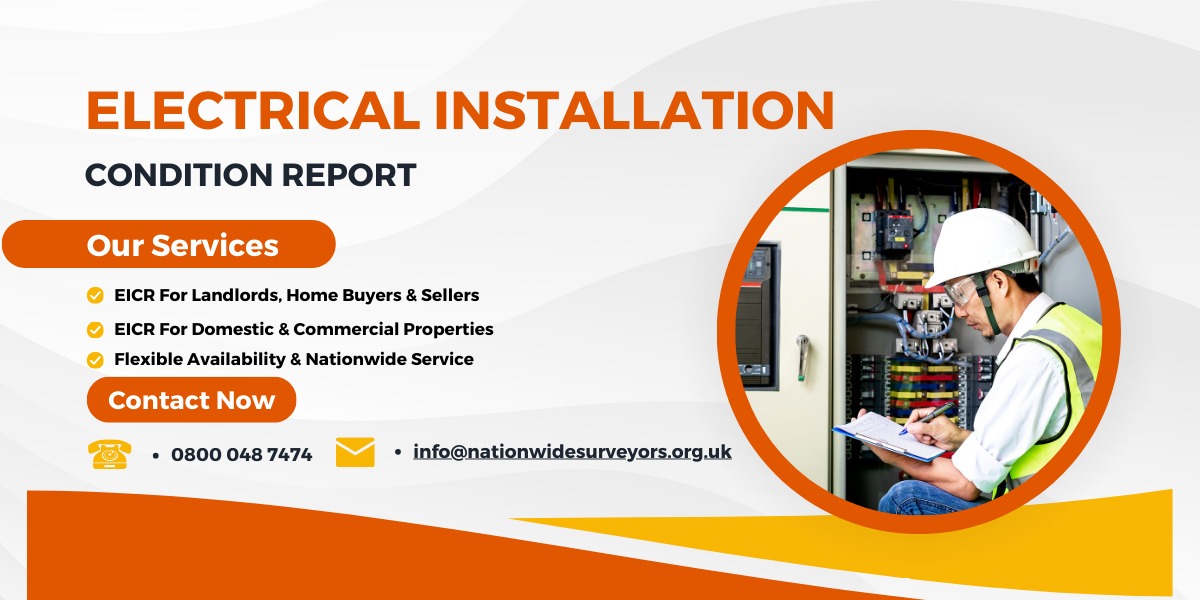- All Plans
- Yahoo Press Release
- Bloomberg Press Release + Yahoo Finance
- Business Insider Press Release
- Benzinga Press Release
- Digital Journal Press Release
- US Times Now Press Release
- AP News Press Release
- Yahoo Finance Press Release
- Street Insider Press Release
- MSN News Press Release
- USA Today Press Release
Electrical Installation Condition Report – Simplifying Electrical Safety

Learn everything you need to know about Electrical Installation Condition Reports (EICRs) including legal requirements, the EICR process, safety benefits, and how to choose a qualified electrician.

1 Introduction
1.1 What Is an Electrical Installation Condition Report (EICR)?
An Electrical Installation Condition Report (EICR) is a formal document that assesses the safety and overall condition of electrical installations in a property. It’s like a health check for your wiring and electrical systems, ensuring everything operates efficiently and safely.
1.2 Importance of EICR in Ensuring Safety
Electrical faults are one of the leading causes of fires in homes and businesses. An Electrical Installation Condition Report helps identify potential hazards and protects lives, property, and investments.
2 Legal Requirements for EICR
2.1 Regulations in the UK
In the UK, regulations mandate EICRs for rental properties under the Electrical Safety Standards in the Private Rented Sector (England) Regulations 2020. It’s also essential for compliance with the Electricity at Work Regulations 1989.
2.2 Who Needs an EICR?
If you’re a landlord, homeowner, or business owner, you need an EICR to ensure your property meets safety standards.
3 The Purpose of an EICR
3.1 Identifying Electrical Hazards
The main goal of an EICR is to identify issues like outdated wiring, faulty connections, and overloaded circuits before they lead to accidents.
3.2 Compliance with Electrical Safety Standards
EICRs ensure your property complies with safety standards like BS 7671, the UK’s national standard for electrical safety.
4 What Does an EICR Cover?
4.1 Inspection of Wiring and Circuits
Surveyors inspect the condition of cables, switches, sockets, and other wiring systems.
4.2 Testing of Electrical Components
They test electrical components to ensure they’re functioning safely, checking for wear, damage, or overheating.
5 Types of Properties Requiring EICR
5.1 Residential Properties
Landlords must provide an EICR every five years or with new tenants. Homeowners should also consider periodic checks.
5.2 Commercial and Industrial Properties
Businesses must comply with safety regulations to protect employees and customers, making EICRs a vital requirement.
6 The EICR Process
6.1 Step 1: Initial Inspection
Surveyors perform a visual check of electrical installations, noting any visible damage or wear.
6.2 Step 2: Testing and Diagnosis
Electrical systems undergo rigorous testing to detect faults, ensuring compliance with safety standards.
6.3 Step 3: Reporting and Recommendations
The final report includes a summary of findings, identified hazards, and recommendations for necessary repairs.
7 Key Codes in EICR Reports
7.1 Explanation of EICR Codes
EICRs use a coding system to classify electrical issues based on urgency.
7.2 Understanding C1, C2, C3, and FI
- C1: Immediate danger; action required.
- C2: Potential danger; urgent attention needed.
- C3: Improvement recommended.
- FI: Further investigation required.
8 Benefits of Regular EICRs
8.1 Preventing Electrical Fires
Routine EICRs reduce the risk of electrical fires by catching issues early.
8.2 Saving Money on Repairs
Addressing minor issues now prevents costly repairs later.
9 Role of Nationwide Surveyors in EICRs
9.1 Expertise and Professionalism
Nationwide Surveyors offer skilled professionals who ensure thorough inspections.
9.2 Coverage Across the UK
With services spanning the UK, they’re a trusted choice for EICRs.
10 Costs Associated with EICR
10.1 Factors Affecting EICR Costs
Costs depend on property size, complexity of systems, and location.
10.2 Average Cost Estimates
Typically, EICRs range from £150 to £300, but larger properties may incur higher fees.
11 How Often Should You Get an EICR?
11.1 Frequency for Residential Properties
Experts recommend every 10 years for homeowners and every five years for landlords.
11.2 Frequency for Commercial Properties
Commercial properties often require annual checks due to higher usage demands.
12 Choosing a Qualified Electrician or Surveyor
12.1 Certifications and Accreditations
Look for professionals certified by organizations like NICEIC or NAPIT.
12.2 Tips for Finding Reliable Professionals
Check reviews, ask for references, and confirm qualifications before hiring.
13 Common Myths About EICRs
13.1 Myth 1: EICRs Are Only for Old Buildings
New buildings also need EICRs to ensure safety standards are met.
13.2 Myth 2: EICRs Are Expensive
Considering the safety and potential savings, EICRs are a worthwhile investment.
14 Conclusion
EICRs are essential for ensuring the safety of electrical systems in residential and commercial properties. By identifying potential risks, complying with legal standards, and avoiding hefty fines, you can protect lives and property.
Media Contact
Organization: People Magazine US
Contact Person: Bruce Mars
Website: https://peoplemagazineus.com/
Email: Send Email
Contact Number: +10985214093
Address: Chevy Chase
City: Chevy Chase
State: Maryland
Country: United States
Release Id: 19112420236
